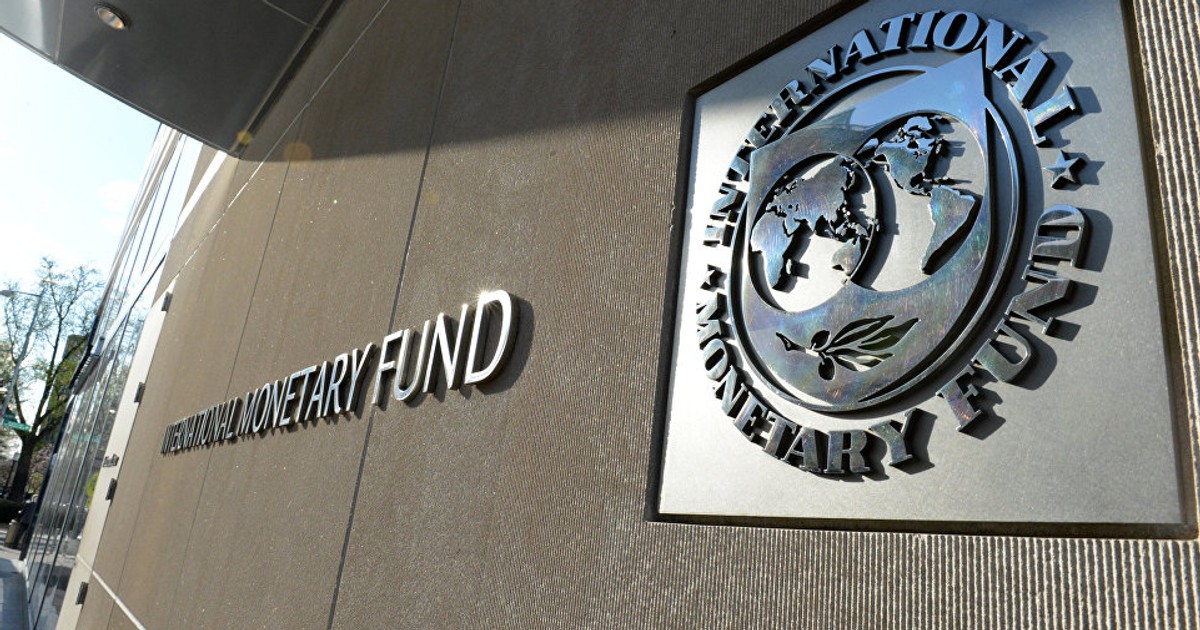The current Regional Economic Outlook for Sub-Saharan Africa from the International Monetary Fund (IMF) shows a widening divide between nations with lower debt loads and those that rely more heavily on IMF assistance.
The October 2025 Regional Economic Outlook (REO) shows that growth in Sub-Saharan Africa is projected to remain stable at 4.1% in 2025, with a slight increase expected in 2026.
However, the IMF warns that this resilience is fragile, citing falling commodity prices, tighter global financing, and exposure to shocks as important dangers.
With low IMF debts, governments can allocate a larger portion of their income to beneficial investments in digital innovation, infrastructure, healthcare, and education if they are not required to make significant repayments to the IMF.
This adaptability enables them to finance development initiatives without unduly depending on outside lenders and react to economic shocks more quickly.
Additionally, maintaining minimal IMF debt demonstrates fiscal discipline and effective economic management.
Global investors frequently regard such countries as safer and more stable locations for long-term investments.
For example, states that keep their foreign debt under control can negotiate better credit arrangements and issue sovereign bonds at cheaper interest rates.
Heavy IMF borrowing is frequently accompanied by policy conditions, such as austerity measures that can put home economies under strain.
Countries with low IMF exposure are less sensitive to global financial volatility and less bound by external policy mandates.
In a nutshell, low IMF debt boosts economic sovereignty.
African countries that avoid excessive borrowing have more control over monetary and fiscal policy decisions, allowing them to pursue economic plans that focus on domestic industry and employment creation.
With that said, here are the African countries with the lowest debt to the IMF in October 2025, as per the IMF’s database.

